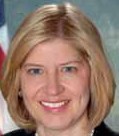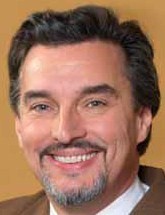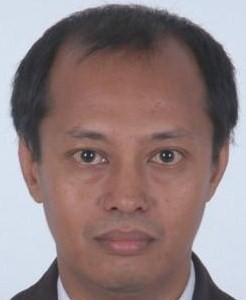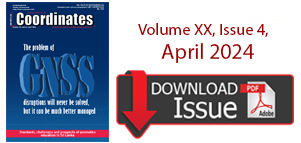Articles in the Articles Category

USTDA helps countries expand economic growth by utilizing U.S. expertise, technology, and investment. The Agency’s objectives are to help build the infrastructure for trade, match U.S. technological expertise with overseas development needs, and help create lasting business partnerships between the United States and emerging market economies.

Hemisphere GPS is focused on building rugged GNSS products for a variety of industries including surveying, marine and original equipment manufacturing (OEM). In the surveying industry, we manufacture a wide range of products from high-accuracy GNSS receivers to geodetic grade antennas. In addition, we offer an exclusive line of Vector GNSS Compass products for professionals heading and positioning. Our customers use these unique all-in-one compasses for everything from hydrographic surveying to yachting and dredging to autonomous machine control. On the OEM side of our business, we supply system integrators with our proprietary Hemisphere GPS technology for them to integrate into their own finished products. In fact, nearly every Hemisphere GPS finished product is broken down to its core board level and offered to original equipment manufactures for integration into their custom applications.
November 2011:
ENC 2011, 29 Nov – 1 Dec, London, UK, www.enc2011.org;
ELMF 2011, 29 Nov – 30 November, Salzburg, Austria, www.lidarmap.org/ELMF/

Archaeology reflects the amazing diversity of human life across the globe (Neto, 2000). Archaeological investigations are considered as a principal source of knowledge of prehistoric, ancient, and extinct cultures. In order to reconstruct history, archaeologists rely on all the unearthed evidence, such as man-made objects, which can be as small as tools and ornaments or as large as architectural residues (Xia, 2006). Thus, it is important to explore archaeological contrivance and record them in a systematic way.
November 2011
The 3rd Asia Oceania Regional Workshop on GNS, 1 – 2 November 2011,
Jeju Island, Korea, www.multignss.asia/workshop.html

Location Base Services (LBS) is service mechanisms that provides information about the location and take advantage of the location. Global Positioning System (GPS) is one of Devices that inform the position. Mobile phone GPS has the advantage because they can be used also as a means of communication and the completeness of the camera (photo and video) resolution good enough to take photos that have coordinates ((Geo)tagging photo) and can be sent directly to the office for more information .

The Survey Department of Brunei Darussalam, with the collaboration of the Universiti Teknologi Malaysia (UTM), has carried out a study on the establishment of a new geodetic framework for the country. A new geocentric datum for Brunei Darussalam 2009 (GDBD2009) was established using GPS space geodetic technology based on the ITRF2005 reference frame. The GDBD2009 is related to ITRF2005 through the inclusion of the 8 GPS stations of the Brunei Darussalam Zero Order Network and have been processed together with more than fifty IGS stations around the world. The realization of GDBD2009 requires the determination of a new datum transformation and map projection scheme. A new set of transformation parameters to be use in converting from the existing local datum to the new GDBD2009 has been computed. The implication of this new datum on the existing cadastral and mapping practices, various GPS non-mapping applications, and the GIS/LIS related applications are taken into consideration.










 (5.00 out of 5)
(5.00 out of 5)